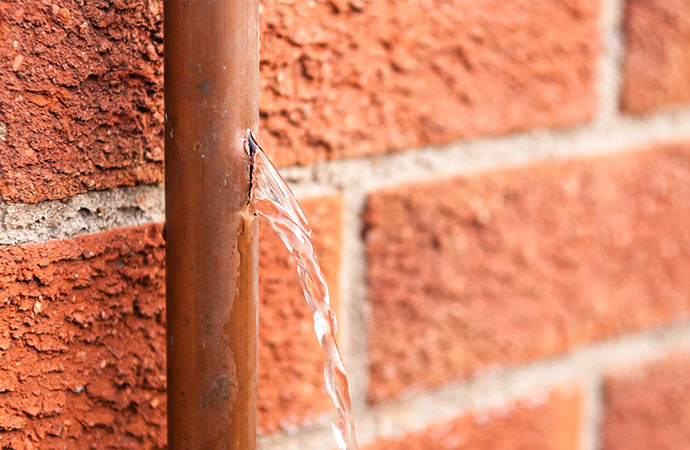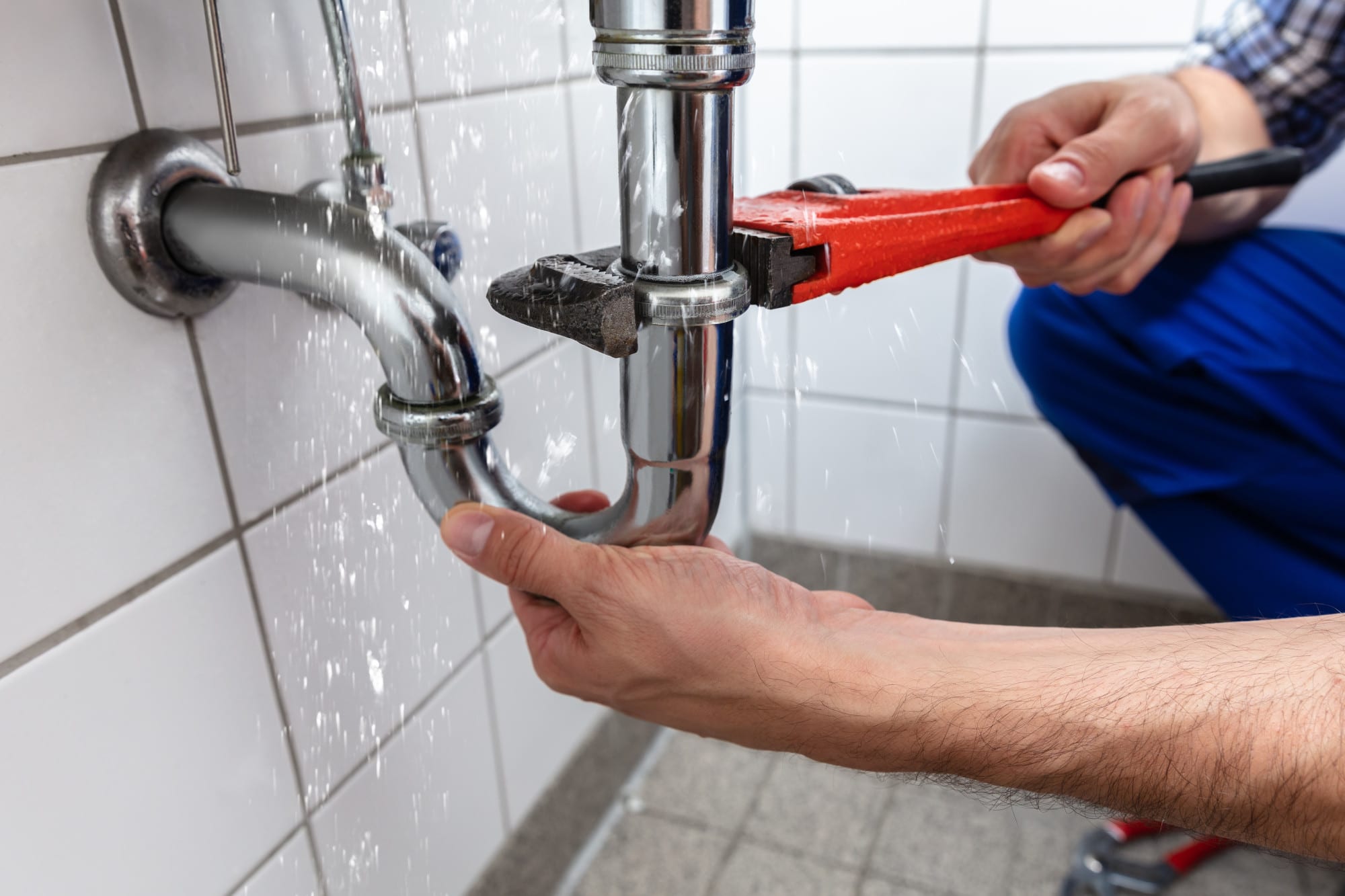Stop the Flood: Strategies for Identifying and Dealing With Ruptured Pipes
Stop the Flood: Strategies for Identifying and Dealing With Ruptured Pipes
Blog Article
Just how do you actually feel in relation to How to install a dishwasher safely?

A burst pipe is a significant emergency; you can only stand as you see water you pay dearly to rejoin with the earth. In worse instances, you notice a swimming pool on your cooking area floor, which is a wonderful trip danger, especially if you have children around. If the pipeline that ruptured was in your walls, trouble: you may need to paint that entire section.
Just how can a tragedy like a burst pipe be protected against and also managed? Well, by listening to your expert emergency plumbing technicians and also following these rules.
How do I understand when my pipelines have burst?
Varying water stress
Pipes do not just burst in a day. You might have seen that your cooking area tap or shower doesn't run instantly when you turn the faucet. It might stop for a couple of seconds and afterwards blast you with even more force than typical.
In various other instances, the water may appear regular in the beginning, then decrease in pressure after a few secs.
Damp walls as well as water discolorations
Prior to a pipe bursts, it will certainly leakage, most times. If this persistent leaking goes unnoticed, the leakage might finish into a broad gouge in your pipeline. One very easy means to prevent this emergency is to look out for wet wall surfaces ad water spots. These water spots will certainly lead you right to the leakage.
Puddles under pipelines and sinks
When a pipe bursts, the outflow develops a puddle. It might show up that the pool is growing in dimension, and also regardless of the number of times you mop the puddle, in a few minutes, there's another one waiting to be cleaned. Frequently, you may not be able to map the puddle to any type of visible pipes. This is a sign to call a specialist plumber.
Untraceable trickling sounds
Pipeline bursts can occur in one of the most undesirable areas, like within concrete, inside wall surfaces, or under sinks. When your home goes silent, you may have the ability to hear an annoyingly relentless trickling sound. Even after you've checked your shower head and also cooking area tap, the trickling might proceed.
Precious reader, the dripping might be originating from a pipe inside your walls. There isn't much you can do about that, except tell a specialist plumber.
Shut down the Water
When water ices up, it expands in volume by concerning 9 percent. As well as it expands with tremendous pressure: The stress inside pipelines might go from 40 pounds per square inch to 40,000 psi! No pipe can hold that much stress, so it breaks open. The break might happen where the ice forms, yet more frequently, it occurs where water stress discovers a weak spot in the pipeline. That may be inches or even feet from the icy area. Find the water shutoff valve and also shut off the water to prevent even more damage. You might additionally need to shut down the electrical energy as well, relying on where the leaks takes place and just how huge it is.
Infected water
Lots of people assume a ruptured pipe is a one-way electrical outlet. Quite the contrary. As water drains of the hole or gash in your plumbing system, impurities find their method.
Your water may be infected from the source, so if you can, examine if your water storage tank has any issues. However, if your alcohol consumption water is supplied as well as purified by the local government, you should call your plumber promptly if you see or smell anything funny in your water.
What do I do when I identify a burst pipeline?
Your water meter will remain to run even while your water wastes. To lessen your losses, locate the major controls and transform the supply off. The water mains are an above-ground framework beside your home.
How to Fix & Detect a Leaking Pipe
How Do I Know if a Pipe is Leaking?
Leak detection tests can help you determine if your pipe has a leak. Even if you don’t see an apparent leak, you should still conduct leak detection tests regularly to save water and money—and prevent major damage to your home.
Water meter. It can be helpful to figure out what your usual water meter usage numbers are and then monitor them regularly. To monitor your meter, first, turn off all water faucets in your home. Check the meter and write down the numbers. In a few hours, check the meter again. If the numbers have changed, you have a leak. Water gauge. Use a water gauge to test your water pressure. Your showerhead should produce a certain amount of water pressure based on its model and design. If the pressure is lower than it is supposed to be for that specific showerhead, your home likely has a leak. Puddles. Look inside your bathroom, laundry, and kitchen sink cabinets. Puddles around the cabinets or around toilets, tubs, showers, and washing machines indicate the presence of a leaking pipe. You may also notice loose tiles, peeling or flaking paint, or mold caused by water accumulation. Napkin test. Even if you don’t see any puddles, you may still have a leak. You can test for water leaks in the bathroom, laundry, and kitchen by wiping below-sink connections with a napkin, paper towel, or piece of toilet paper. If it becomes damp, you probably have a leaking pipe under the sink. Discolored walls. Walls that are discolored—usually with brown or yellow stains—or bulging might mean that they have been impacted by water damage caused by a leaking pipe. Smell. A leaky pipe will create sitting water, and over time, that water may develop a musty smell. If your home smells musty, but you can’t locate the source, it may be due to a leak. Steps for Fixing a Leaking Pipe
A leaky drain can be remedied by tightening the pipe base, replacing the drain seal, caulking the rim, and tightening the pipe nut. Similarly, a leaking toilet pipe can be treated by tightening the packing nut. You may also need to replace the valve. A leaky faucet may just need tightening or replacement of the washers. If that doesn’t work, consider replacing your faucet. If your pipe has a hole in it, you may want to use a pipe leak sealer or pipe leak tape. This quick fix for water pipe leaks can also temporarily fix a copper pipe leak. https://www.ahs.com/home-matters/quick-tips/how-to-tell-if-pipes-are-leaking/

I was shown that report about How to Install and Connect a New Dishwasher through an associate on a different web page. Do you know somebody else who is looking into the topic? Feel free to share it. I appreciate reading our article about How to Prepare for Your Dishwasher Installation.
Check This Out
Report this page